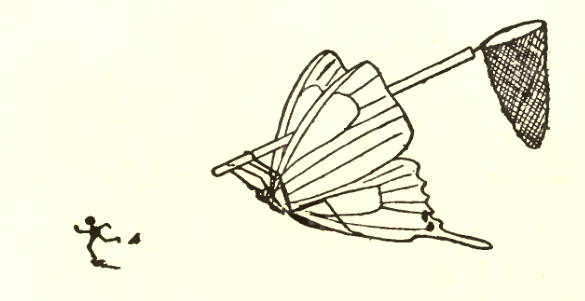 Title: Homocysteine as a predictive factor for hip fracture in elderly women with Parkinson’s disease
Title: Homocysteine as a predictive factor for hip fracture in elderly women with Parkinson’s disease
What Caught Our Attention: In a letter to the editor, researchers led by Mark Bolland recently outlined the many reasons why a study by Yoshihiro Sato and colleagues in The American Journal of Medicine was “unreliable,” including evidence that the patient numbers were not achievable as described, and inconsistencies and errors in the study data. And let’s not forget a 2016 analysis (co-authored by Bolland) which cast doubt on Sato’s body of work, suggesting that more than 30 of his papers could be problematic.
Editor-in Chief Joseph Alpert penned his own response, which notes that Sato is no longer alive, and the 2005 paper was submitted at a time “when all submissions were in paper form.” As such, the records are now gone. Alpert concedes that, in his opinion, the paper “should be considered as likely fraudulent and should not be quoted in the scientific literature in support of its conclusions,” but doesn’t retract it. The Statement of Concern currently links only to the letter to the editor, not to the study in question.
Studies by the late Yoshihiro Sato continue to amass notices of several types; he is now up to 33 retractions, 11 expressions of concern and 3 corrections.
Journal: The American Journal of Medicine
Authors: Yoshihiro Sato, Jun Iwamoto, Tomohiro Kanoko, Kei Satoh
Affiliations: Mitate Hospital, Japan; Keio University School of Medicine, Japan; Hirosaki University School of Medicine, Japan
The editor-in-chief and the editorial staff of The American Journal of Medicine (AJM) have carefully reviewed the letter of Grey et al published in this issue of the journal. We have attempted without success to contact Dr. Sato in Japan, and one of the co-authors could not confirm the validity of the data discussed in their original article.(1) Apparently Dr. Sato is no longer alive.
This article(1) was accepted for publication by the previous editor and editorial board of the AJM at a time when all submissions were in paper form. This was a time prior to the transition of The American Journal of Medicine to an entirely digital process for submission, review, and publication. All the records from this time (more than 13 years ago) are no longer extant, including the original manuscript and the peer reviewers’ comments.
Consequently, we were unable to review the comments of the peer reviewers and the editors involved at that time. Nevertheless, the allegations of Grey et al seem valid, and therefore, we are posting this Statement of Concern with respect to this article. In my personal opinion, given the documentation of Grey et al, this article(1) should be considered as likely fraudulent and should not be quoted in the scientific literature in support of its conclusions.
Date of Article: November 2005
Times Cited, according to Clarivate Analytics’ Web of Science: 43
Date of Notice: February 14, 2018
Like Retraction Watch? You can make a tax-deductible contribution to support our growth, follow us on Twitter, like us on Facebook, add us to your RSS reader, sign up for an email every time there’s a new post (look for the “follow” button at the lower right part of your screen), or subscribe to our daily digest. If you find a retraction that’s not in our database, you can let us know here. For comments or feedback, email us at [email protected].
So cowardly! So wrong!